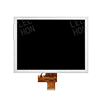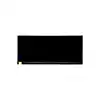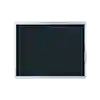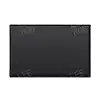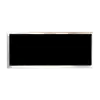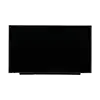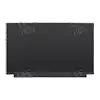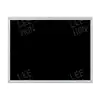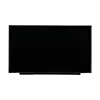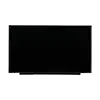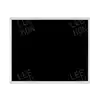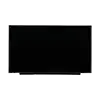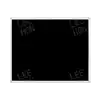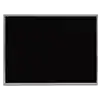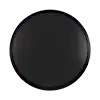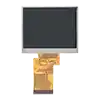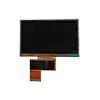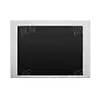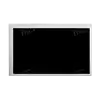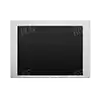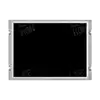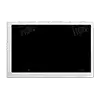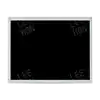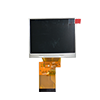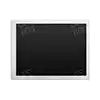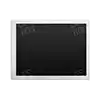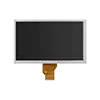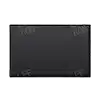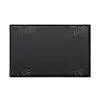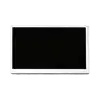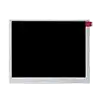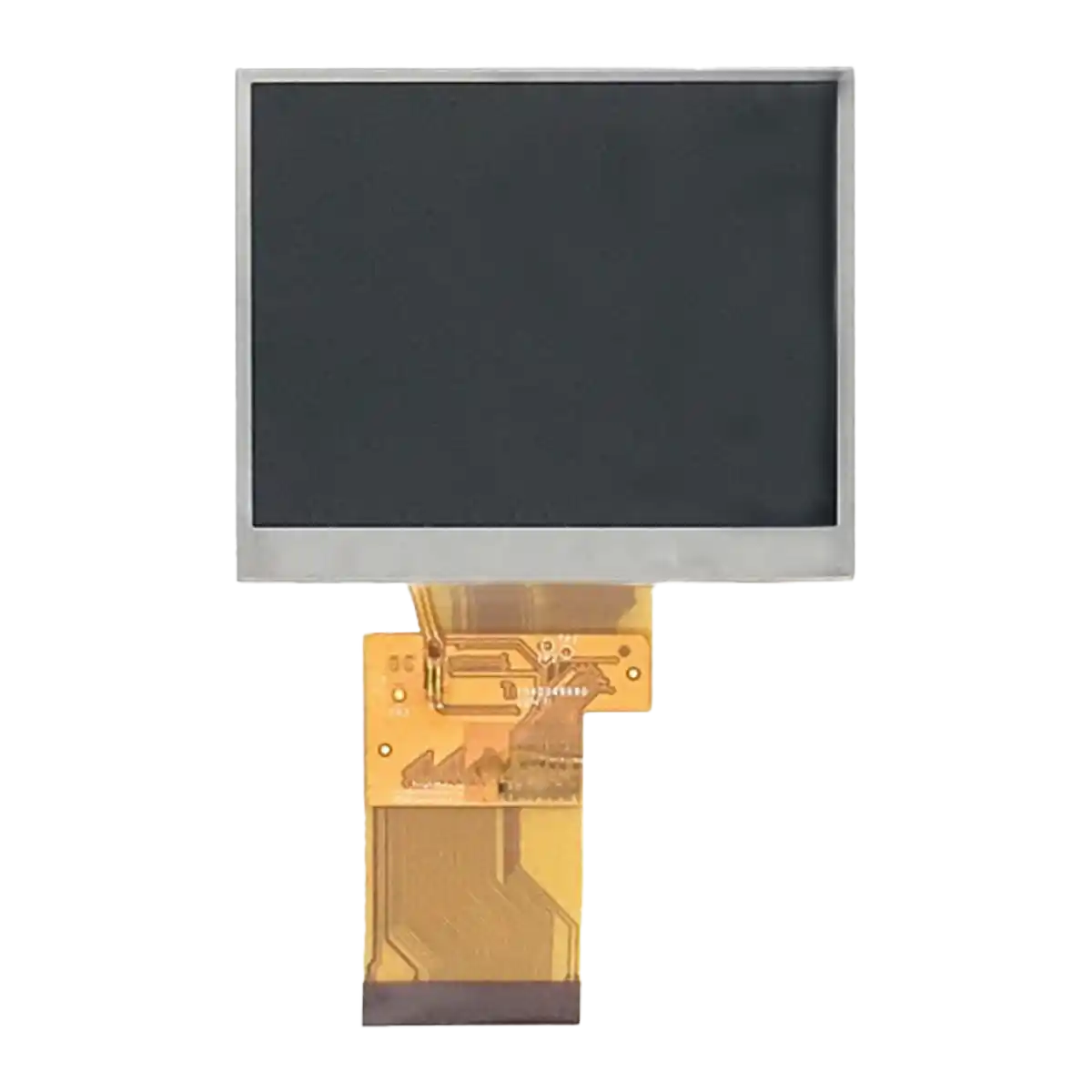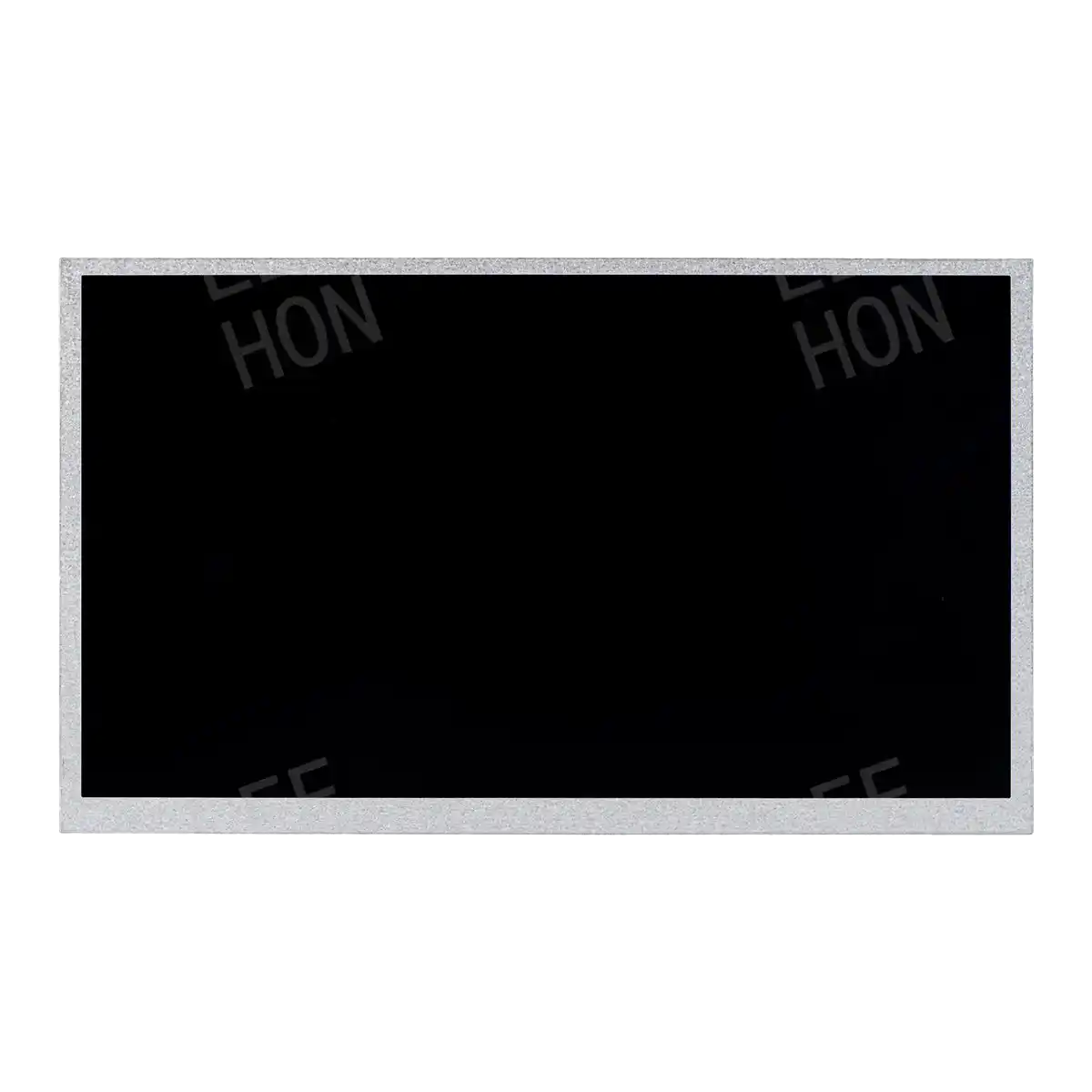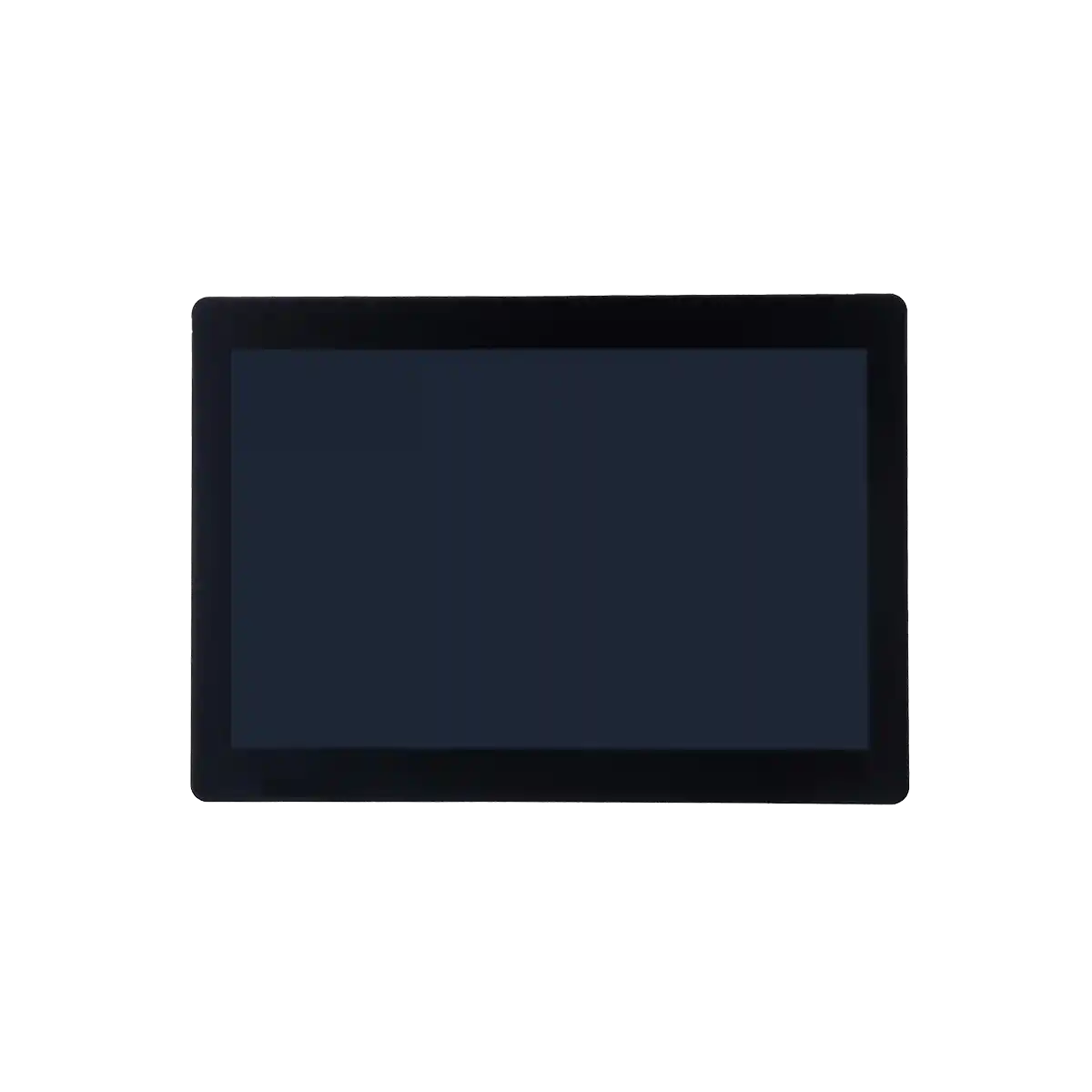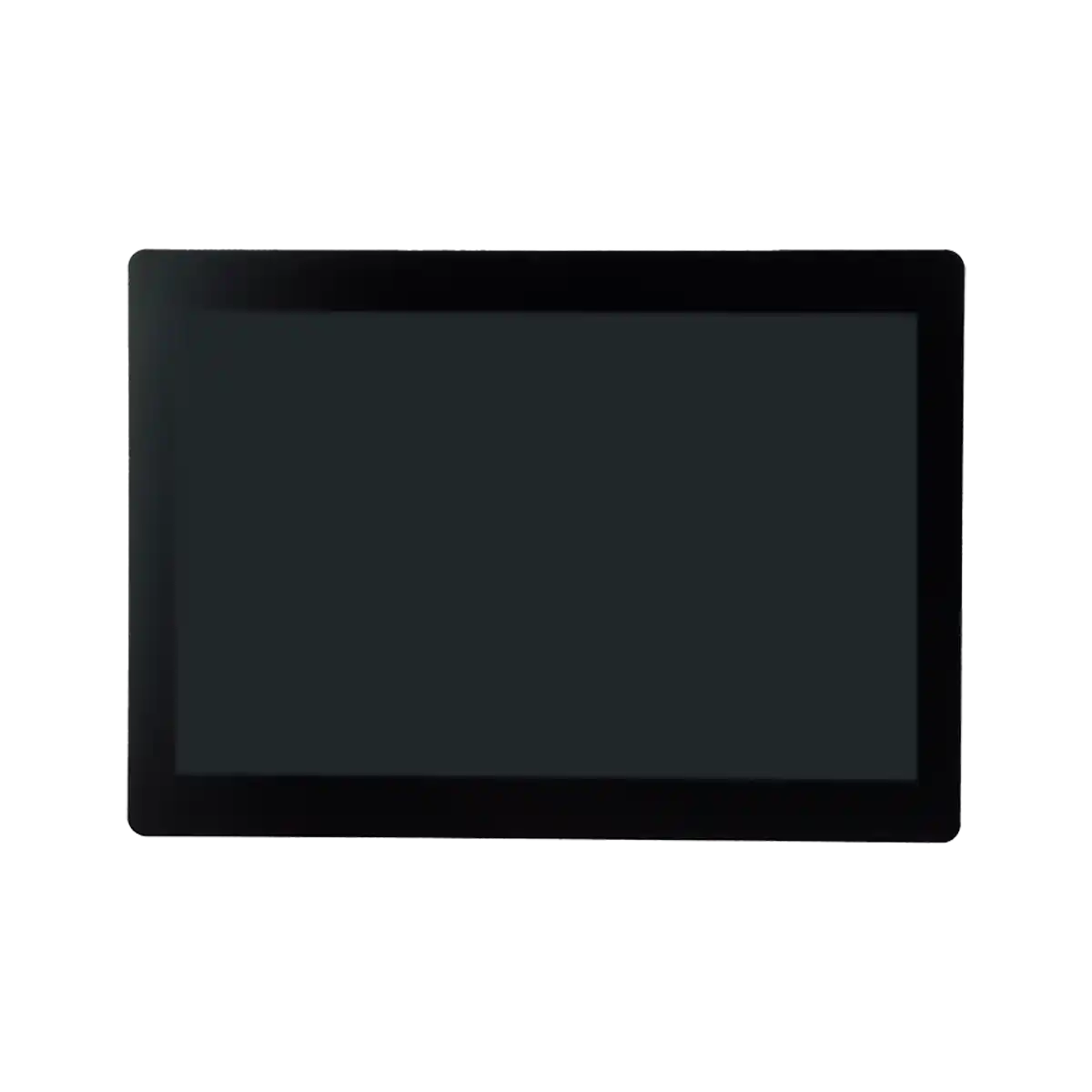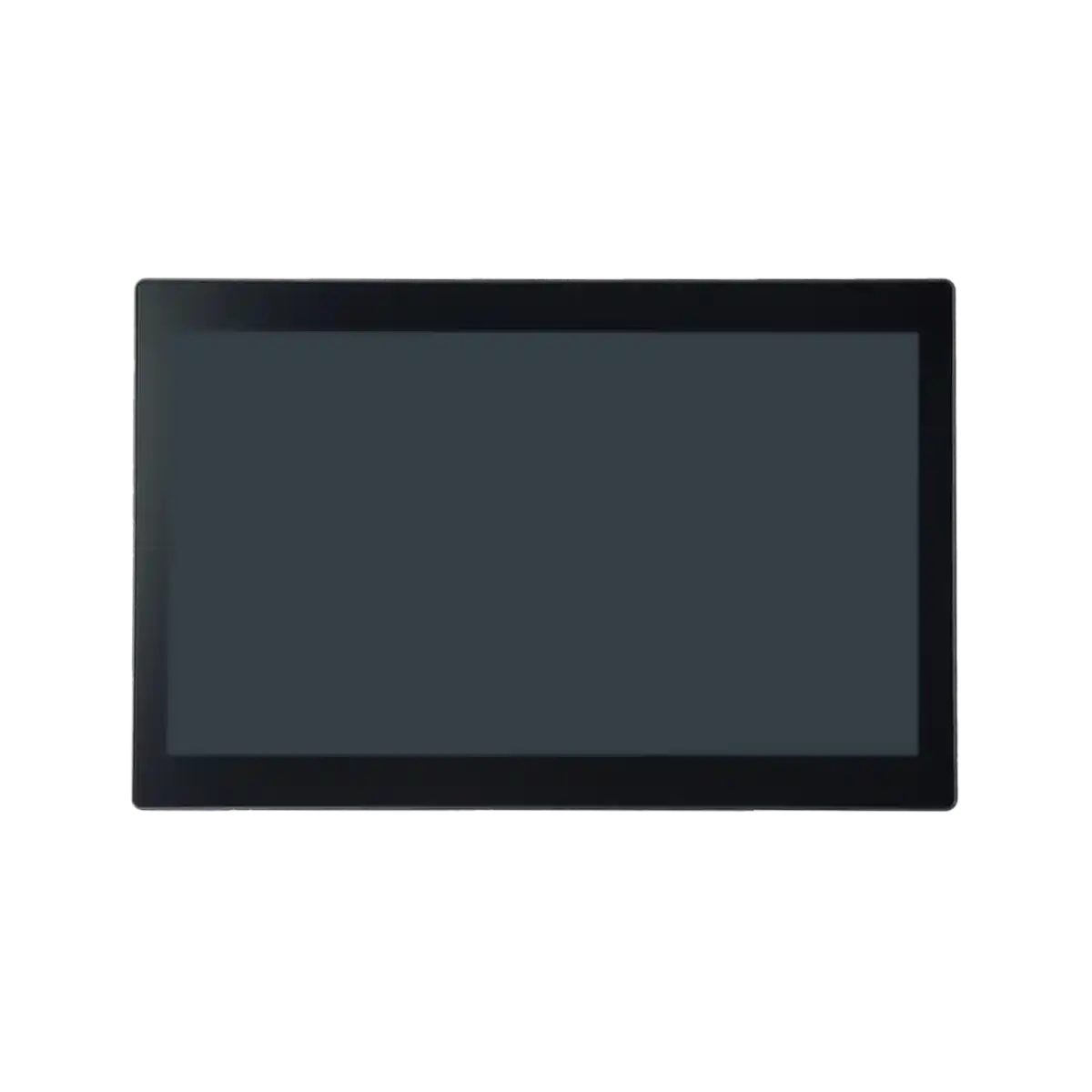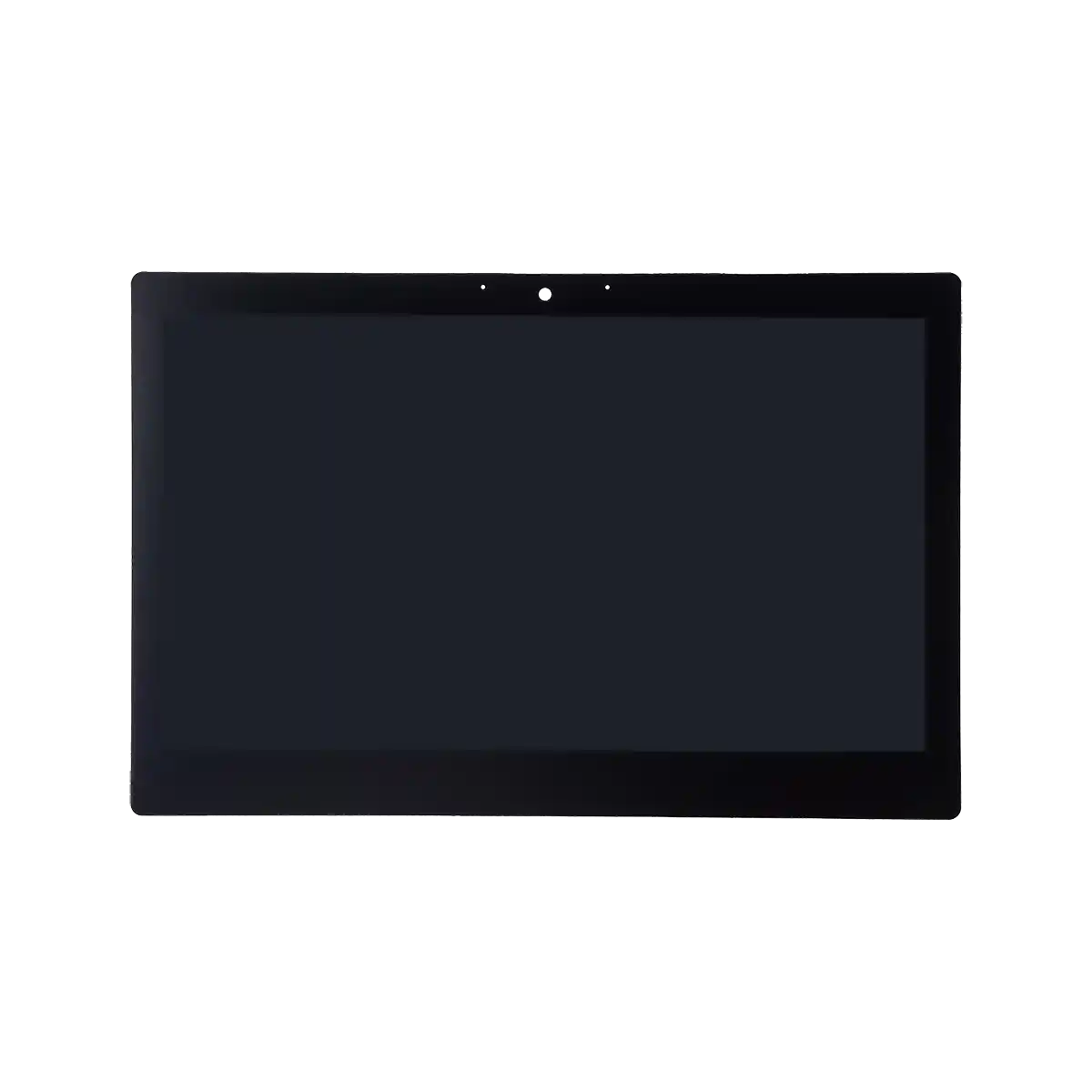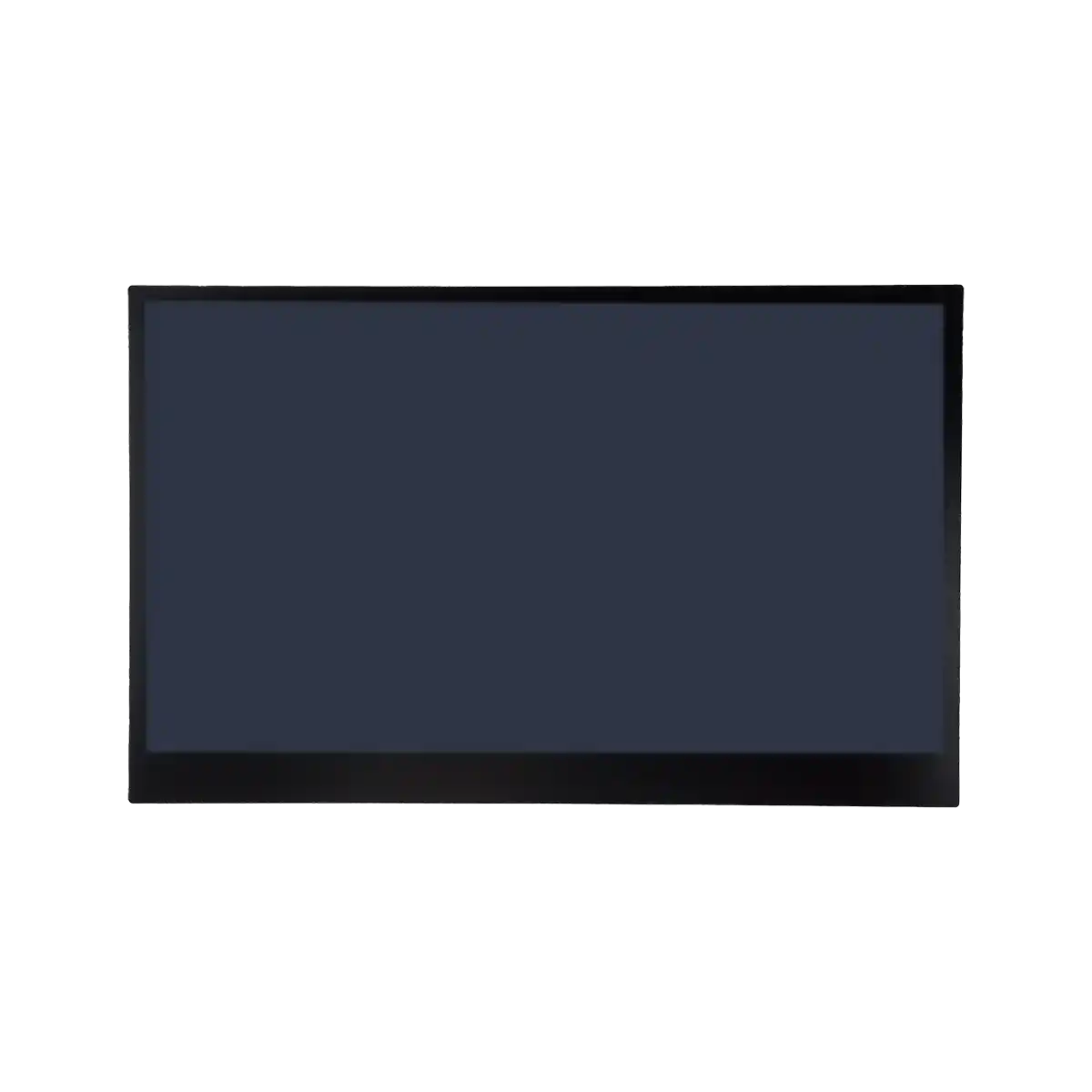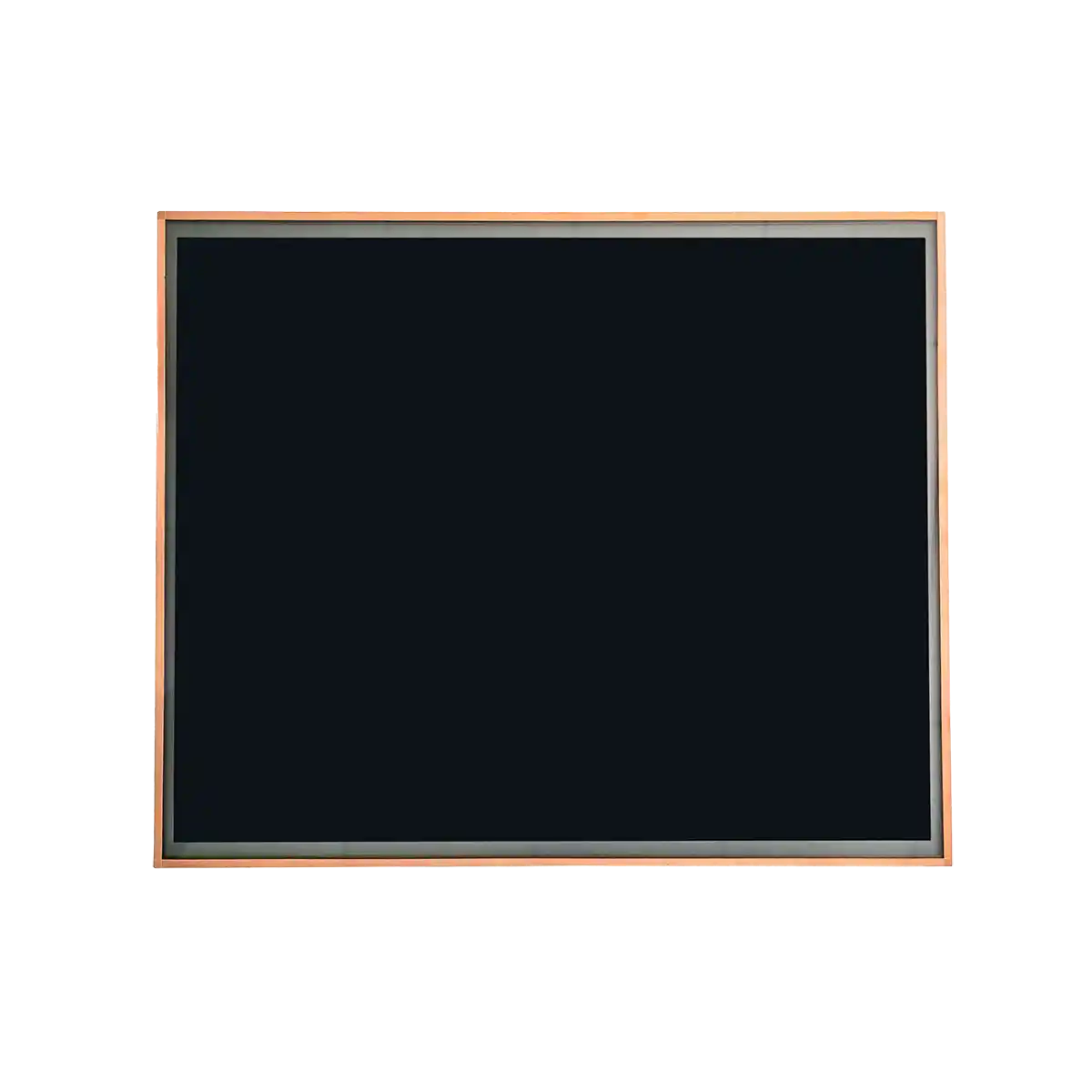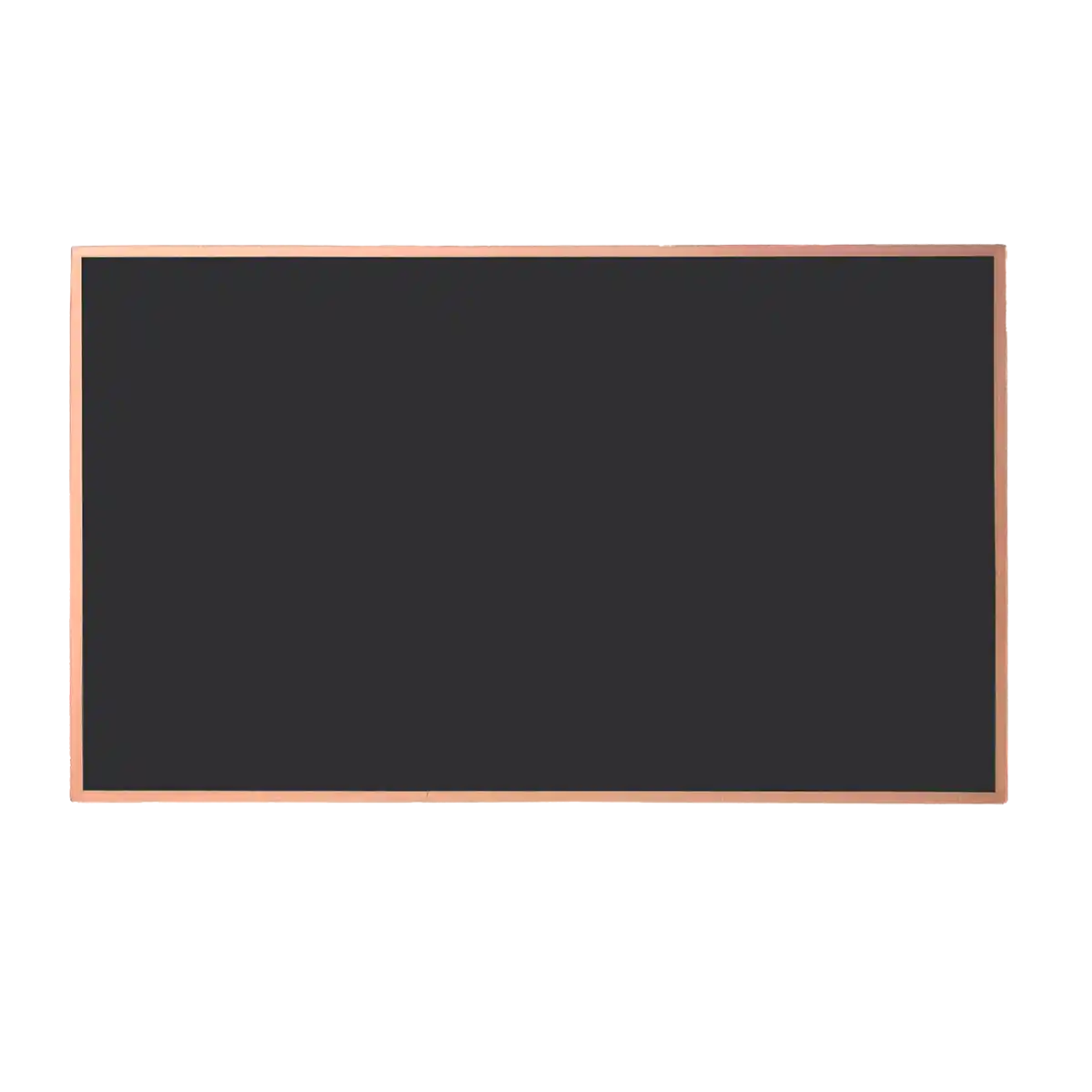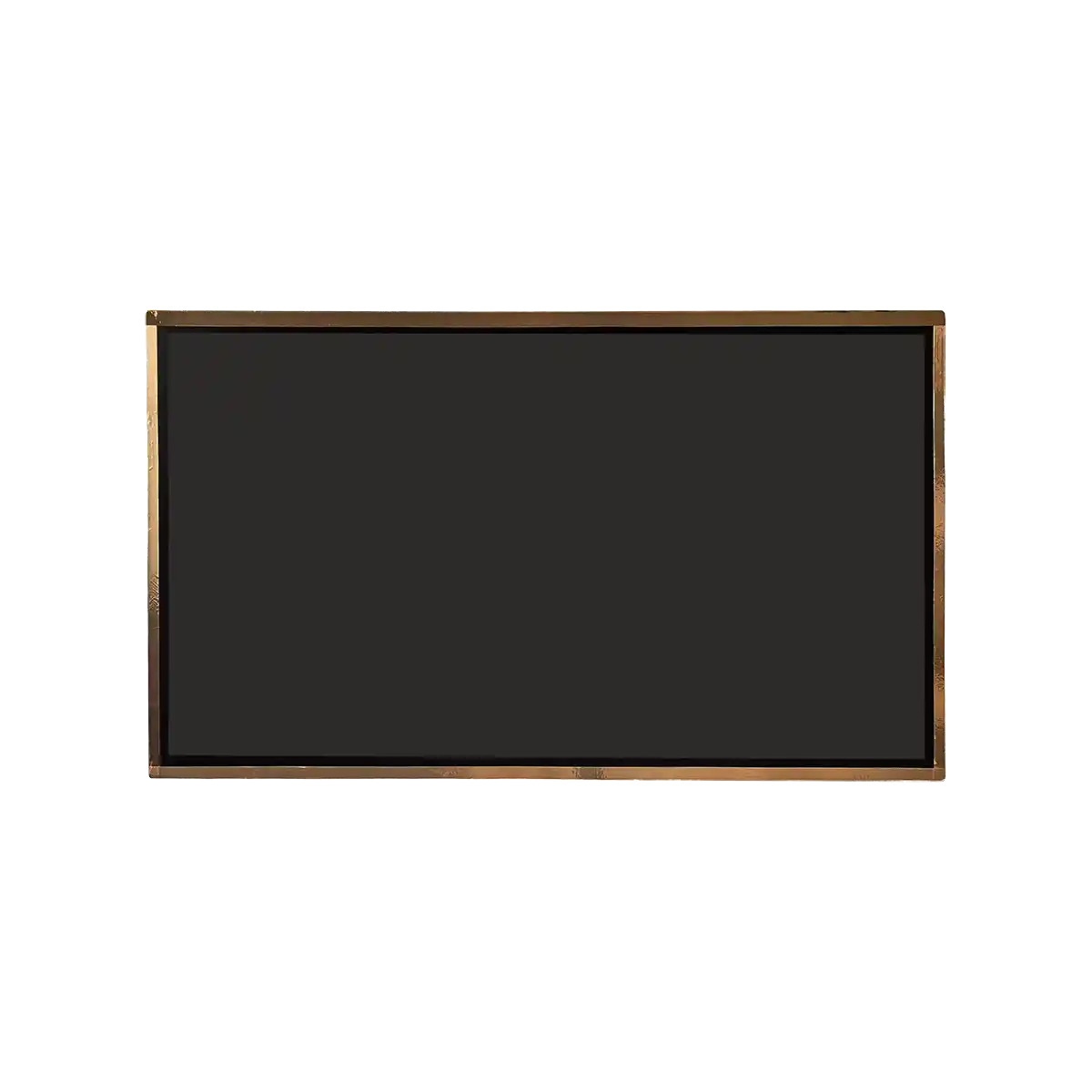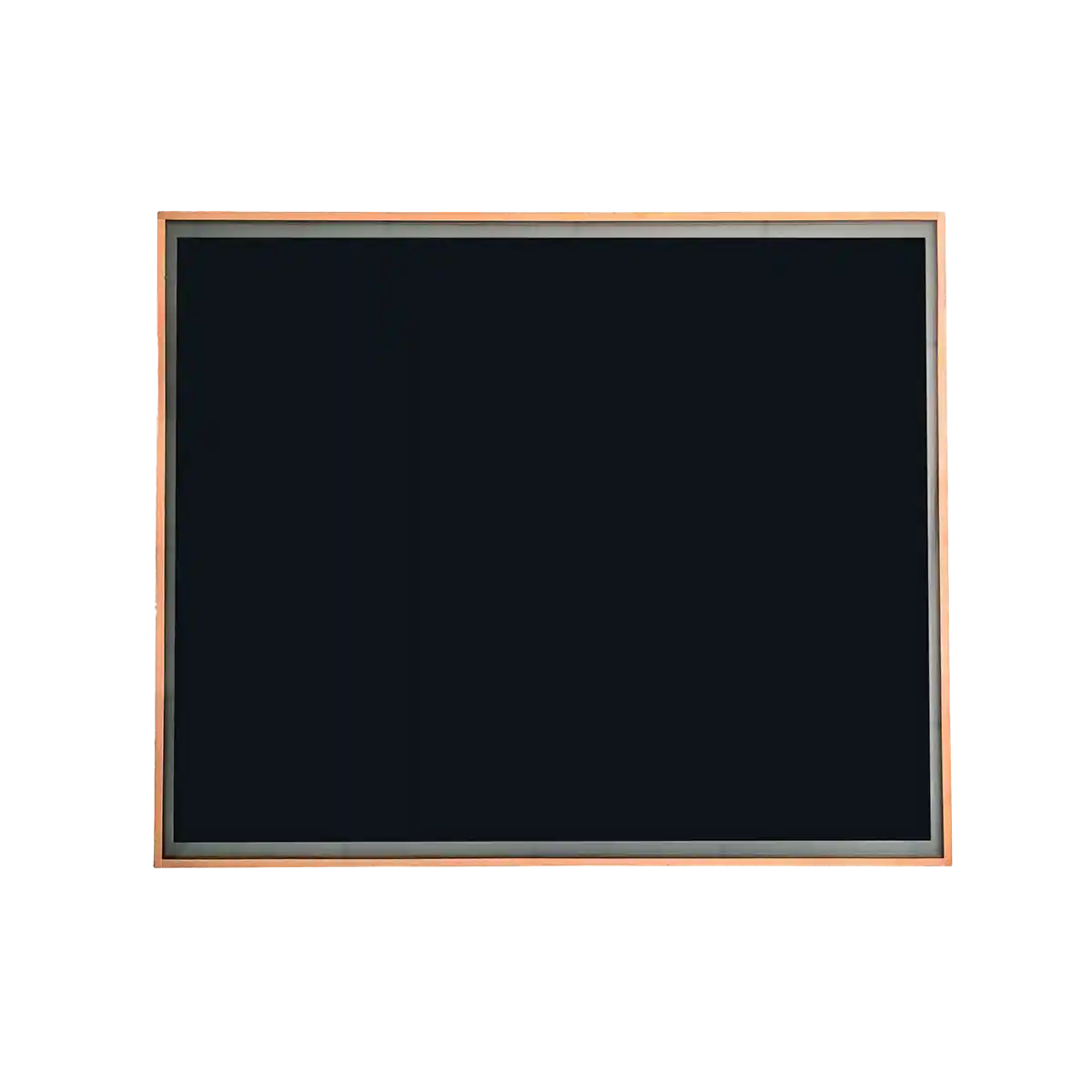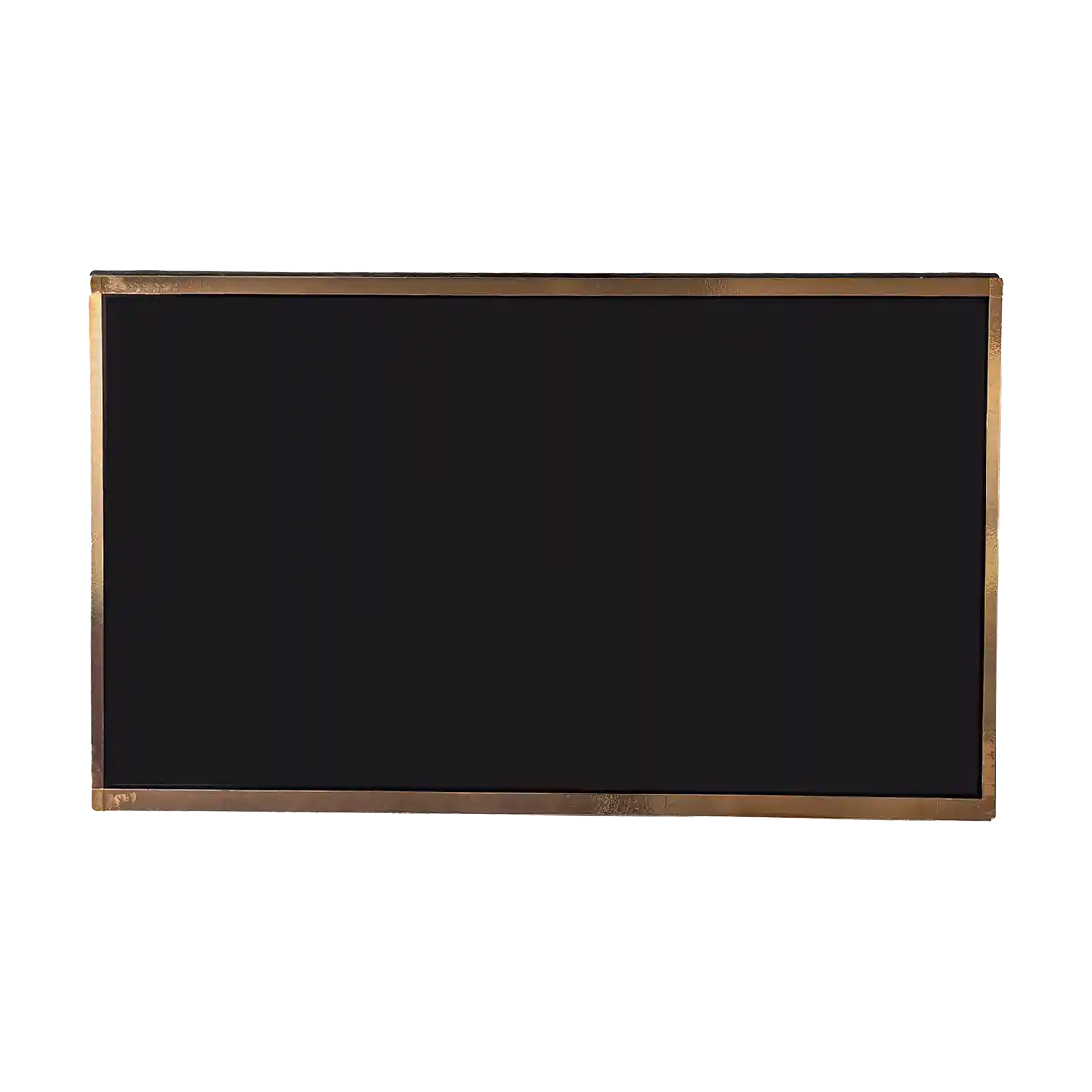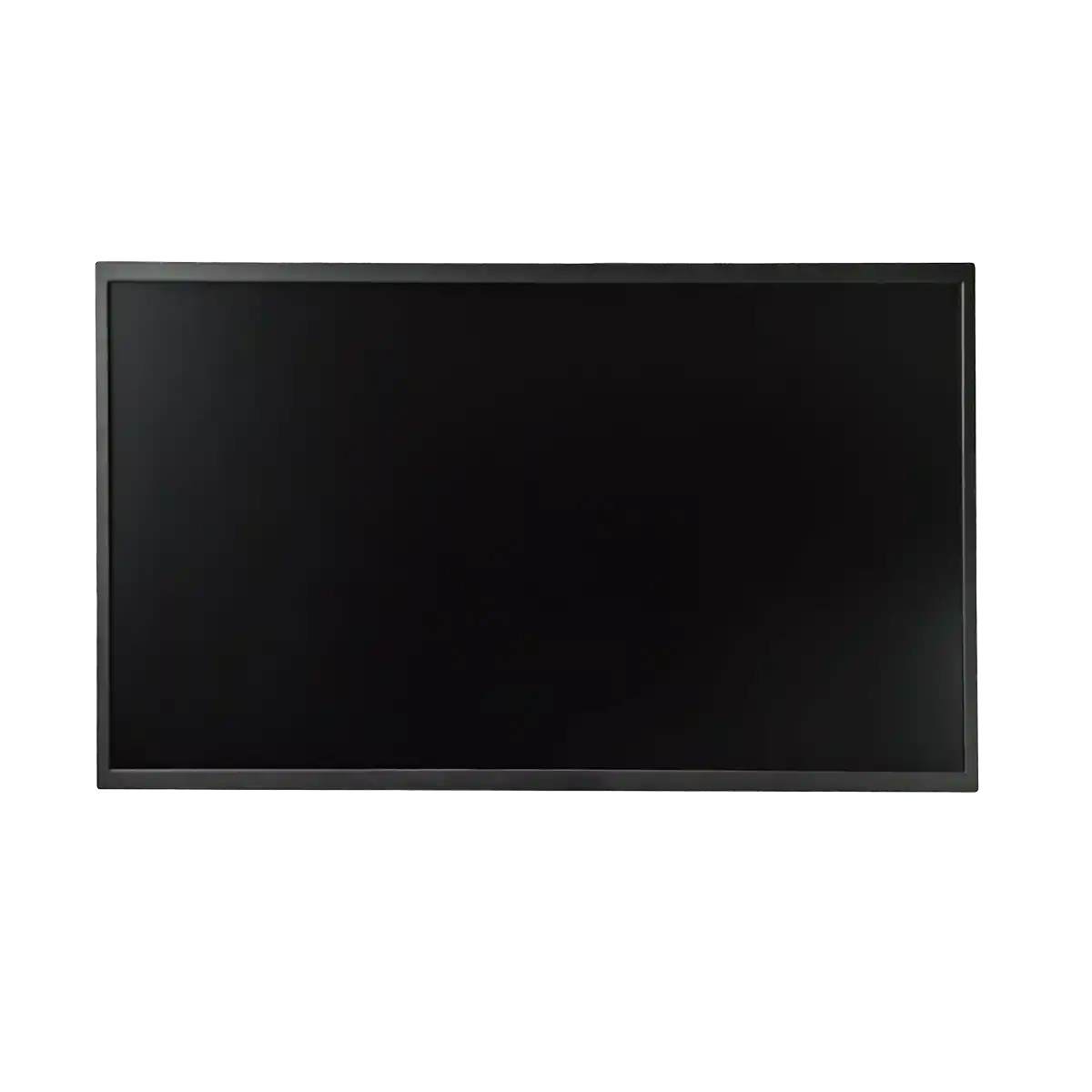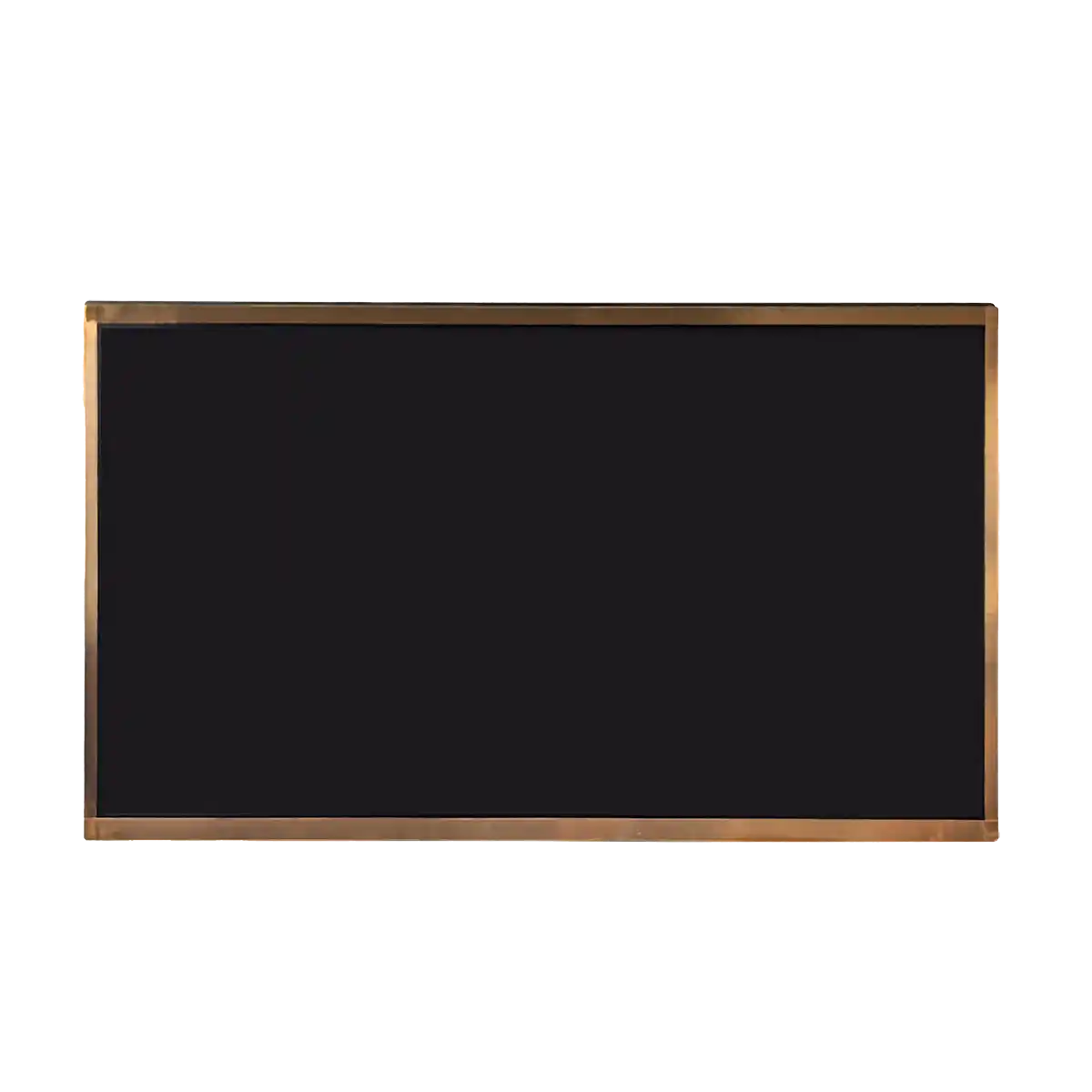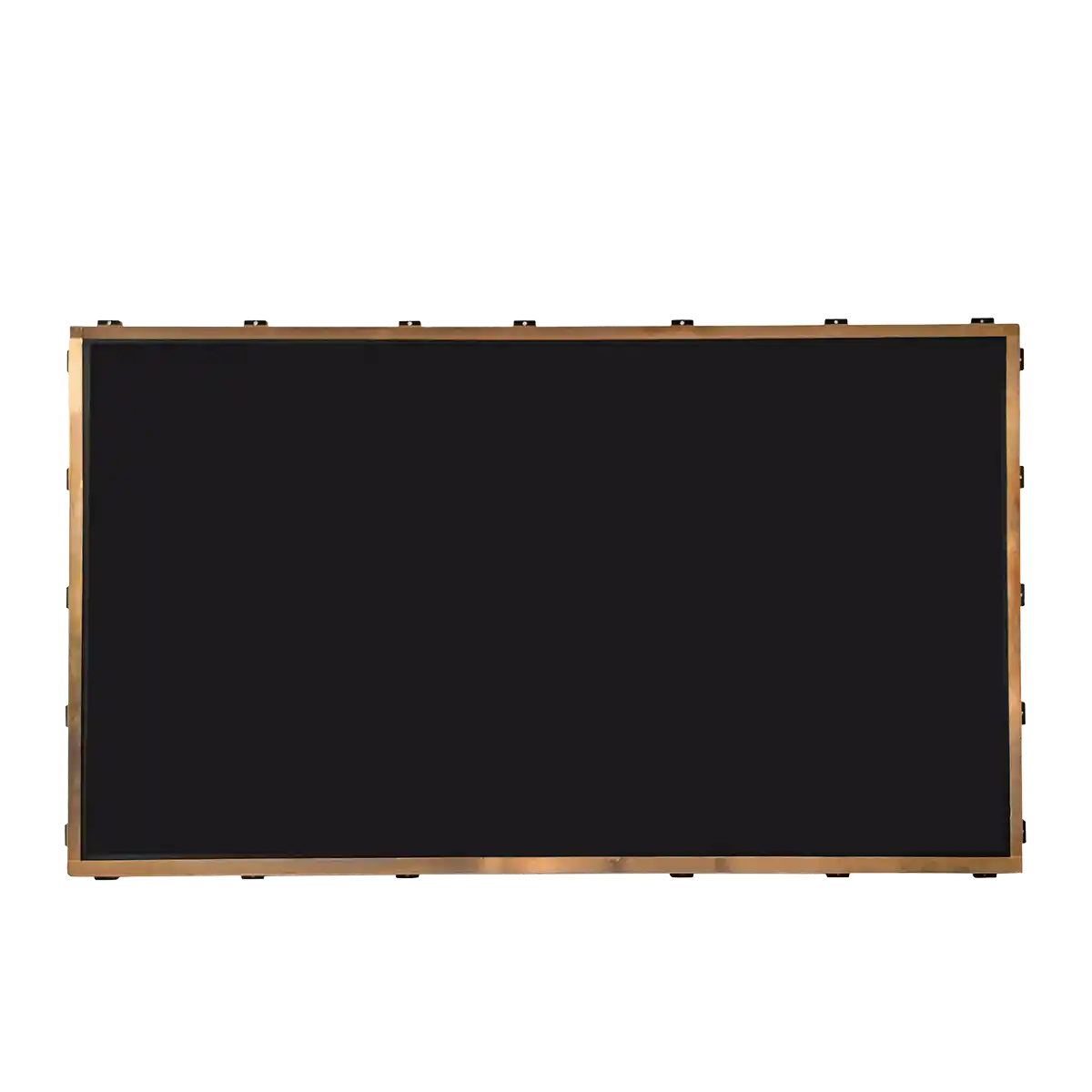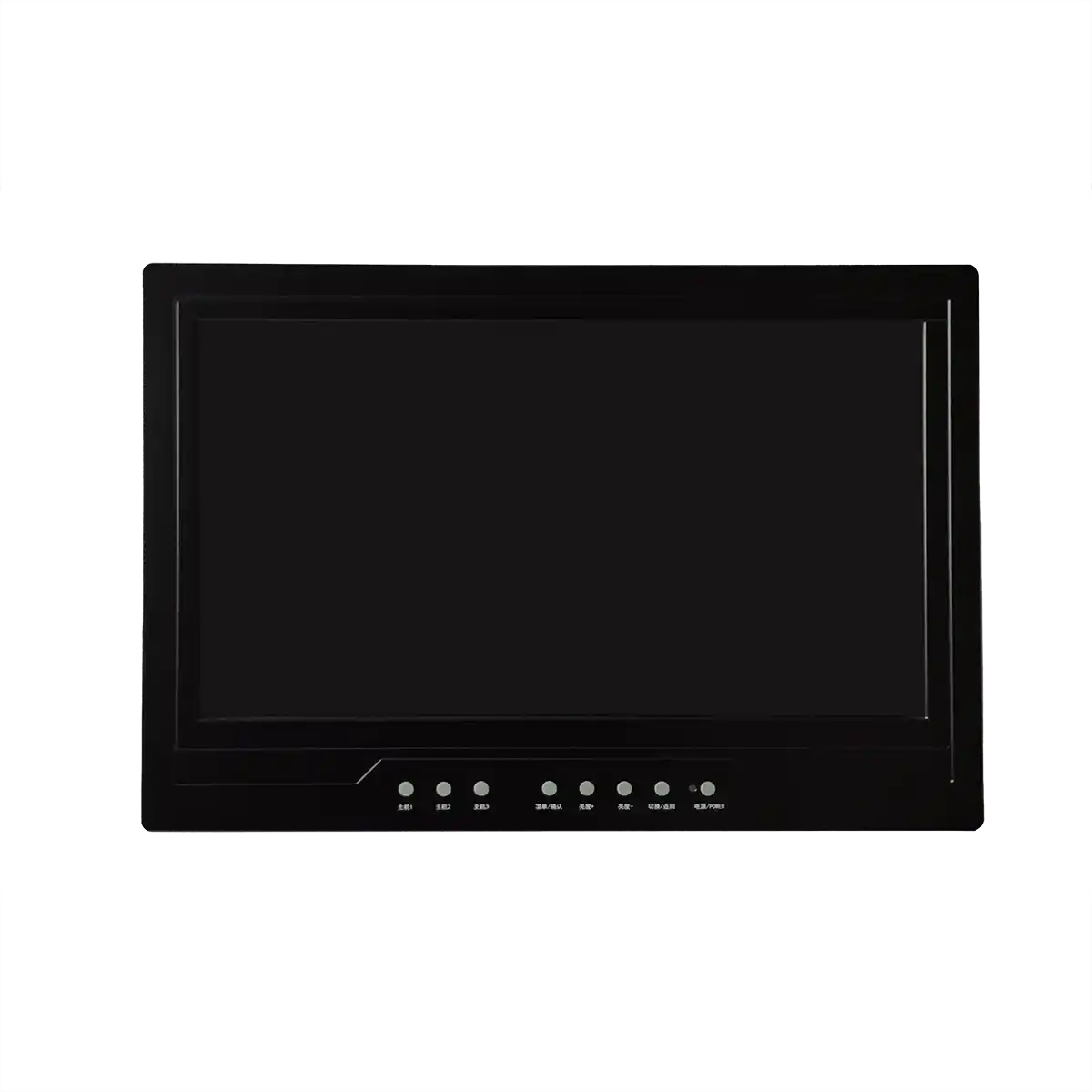High-Brightness Industrial LCD Panels: Enhancing Visibility in Harsh Environments
Introduction:
In the realm of industrial display technology, the quest for clarity and visibility in challenging conditions has led to the development of high-brightness industrial LCD panels. These specialized screens are engineered to deliver superior image quality even in environments with high ambient light levels or extreme conditions. Industrial LCD screens, or Liquid Crystal Display (LCD) screens designed for industrial applications, are distinguished by their durability, reliability, and advanced features tailored to withstand the rigors of industrial settings. This article will explore the significance of high-brightness in industrial LCD panels, the technology behind these displays, and their role in enhancing visibility and operational efficiency in harsh environments.
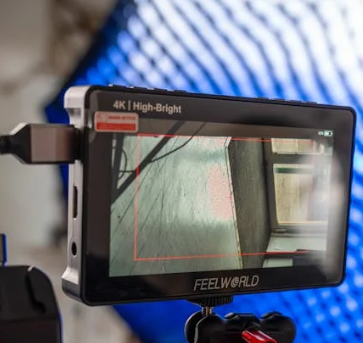
Body:
The fundamental operation of an LCD panel is based on the manipulation of liquid crystals, which are responsive to electric fields and can modulate light passing through them to create images. In a standard LCD, a backlight is used to provide the necessary illumination for the liquid crystals to display images. However, in high-brightness industrial LCD panels, the backlighting is significantly enhanced to produce a much brighter display.
One of the critical components in high-brightness industrial LCD panels is the backlight module, which is often composed of LED (Light Emitting Diode) arrays. LEDs offer several advantages over traditional cold cathode fluorescent lamps (CCFLs) used in standard LCDs, including higher energy efficiency, longer lifespan, and the ability to achieve higher luminance levels. The increased brightness provided by these advanced backlights allows industrial LCD panels to maintain clear and legible displays even under direct sunlight or in brightly lit indoor environments.
In addition to high brightness, industrial LCD panels are designed with other features to ensure optimal performance in harsh conditions. These may include anti-reflective coatings to minimize glare, wide viewing angle technology to ensure consistent image quality from different perspectives, and robust construction to protect against physical impacts, vibrations, and temperature fluctuations.
Moreover, the contrast ratio, which is the difference between the brightest white and the darkest black that a display can show, is another important factor in the visibility of industrial LCD panels. High-brightness panels often have advanced technologies to improve contrast, such as local dimming or advanced color processing, which further enhances the display's ability to render sharp, detailed images.
Conclusion:
High-brightness industrial LCD panels have become indispensable in industries where visibility is paramount. Their ability to provide clear and vivid images in high ambient light conditions or extreme environmental factors has significantly improved the safety, efficiency, and user experience in various industrial applications. As technology continues to advance, the capabilities of these panels are expected to expand, offering even greater brightness levels, improved energy efficiency, and smarter functionalities.
Expansion:
Future advancements in high-brightness industrial LCD panels are likely to focus on further enhancing energy efficiency and integrating smart features. For instance, the development of adaptive brightness control systems could allow panels to automatically adjust their luminance based on the ambient light conditions, optimizing visibility and energy consumption.
Additionally, the integration of touch technology, such as projected capacitive touchscreens, which are highly sensitive and can work even with gloved hands, will continue to improve the interactivity and user-friendliness of industrial displays. This could lead to more intuitive control systems and better operator feedback mechanisms in industrial settings.
Furthermore, the exploration of new materials and manufacturing processes may result in lighter, thinner, and more flexible high-brightness LCD panels. These could be adapted to various form factors and environments, offering greater design flexibility and integration potential in industrial applications.
In conclusion, the ongoing evolution of high-brightness industrial LCD panels is set to continue, driven by the demand for improved visibility, energy efficiency, and enhanced user interaction in the most demanding environments.
Recommended Articles
-
Are the displays in Tesla's Cyb
2024-12-10 -
Interpretation Report on AUO's
2024-12-05 -
ADS Pro: The Future of Display
2024-12-04 -
The Trajectory of South Korea's
2024-12-04 -
Practical Applications of Indus
2024-09-26 -
Hangzhou LEEHON Technology supp
2024-09-14 -
How to Check for Issues in Indu
2024-09-11 -
How does an LCD screen find ind
2024-09-11 -
What is the difference between
2024-09-11 -
In-depth analysis of the develo
2024-09-10


